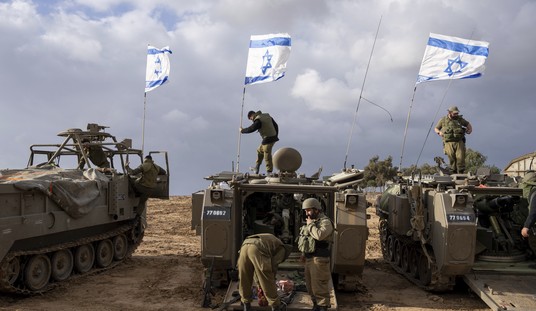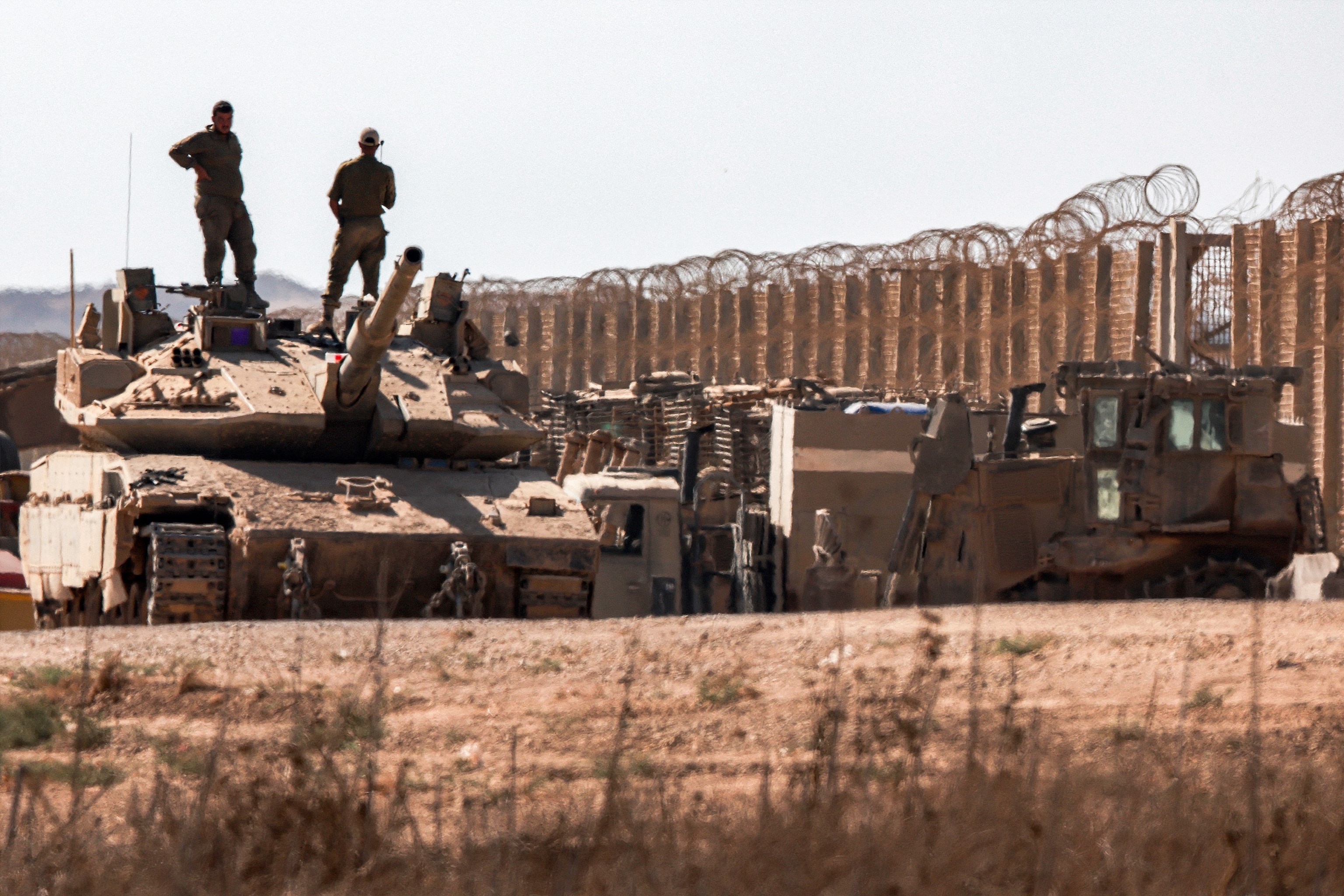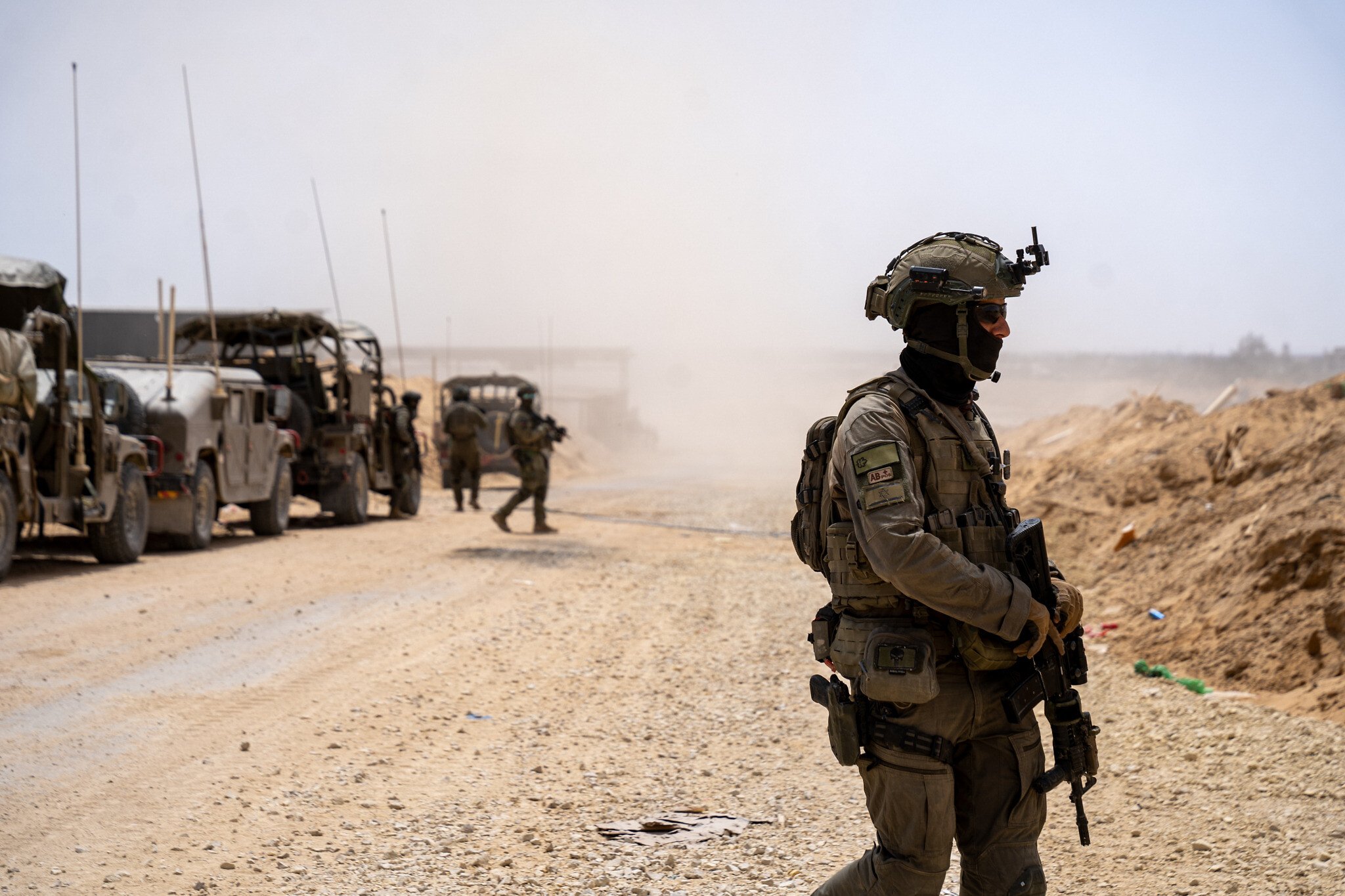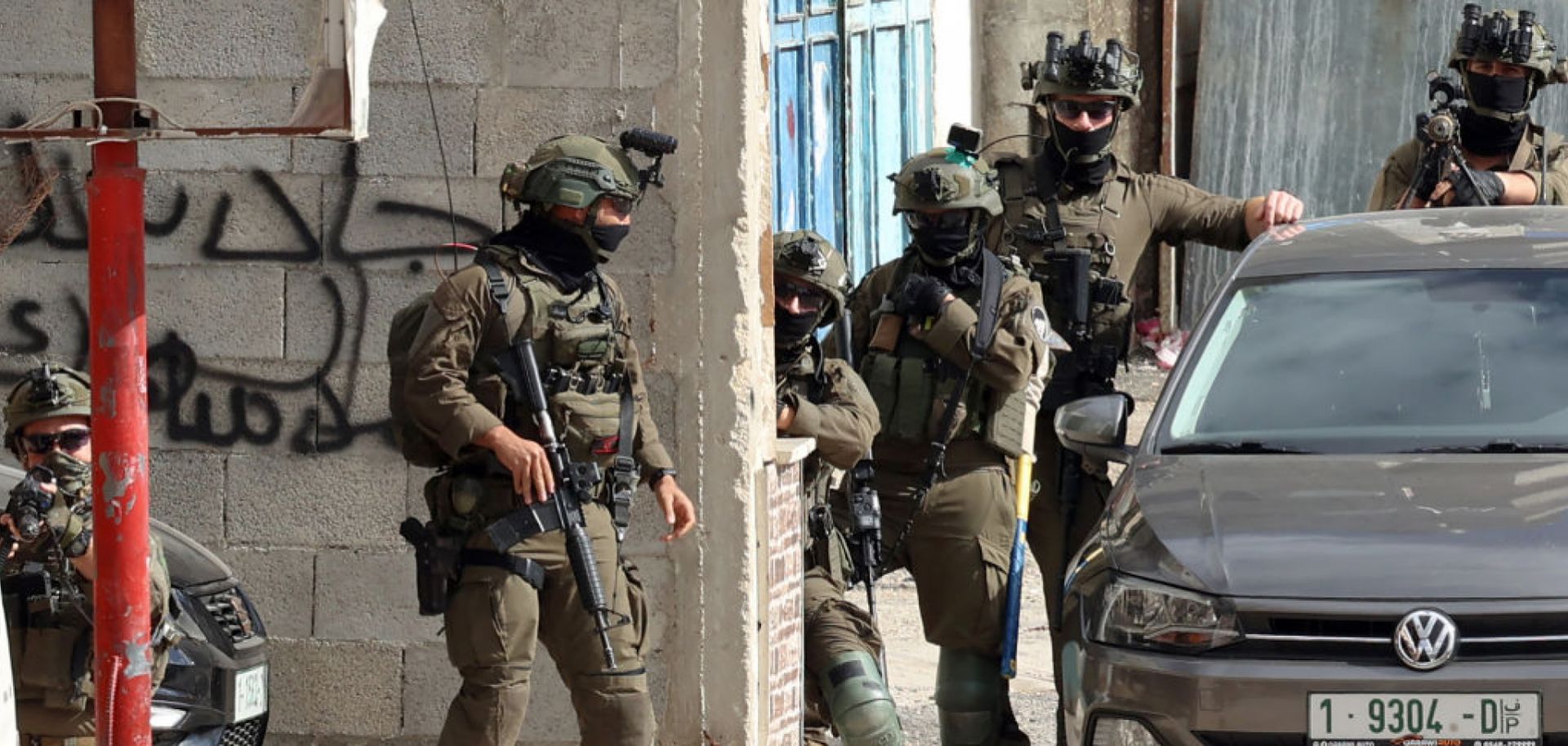
Published October 5, 2025
 Public / Political Reactions
Public / Political Reactions
🇮🇱 Israeli Public and Political Response
In Israel, public opinion largely supports the peace plan. A poll indicates that 72% of Israelis back Trump’s proposal, with only 8% opposed . However, this support is tempered by ongoing concerns. Tens of thousands of Israelis demonstrated in Tel Aviv, urging Prime Minister Netanyahu to expedite the release of hostages held in Gaza, highlighting the emotional and political weight of the issue.
Politically, Netanyahu has expressed cautious optimism. His office announced preparations for the immediate implementation of the first phase of the plan, focusing on hostage release. Nevertheless, Netanyahu’s government faces internal debates over the specifics of Israeli military withdrawal and the broader implications of the peace plan.
🇵🇸 Palestinian and Gazan Reactions
In Gaza, reactions are mixed. While Hamas has conditionally accepted aspects of the plan, including the release of hostages and the establishment of a technocratic Palestinian administration, it has not agreed to disarmament or a phased Israeli withdrawal.
Among Gazans, there is a blend of hope and skepticism. Some express cautious optimism, desiring an end to the conflict and a return to normalcy. Others remain wary, citing past failed ceasefires and the ongoing humanitarian crisis .
🌍 International Reactions
-
France: The French government has expressed support for the peace plan but has also raised concerns about its long-term viability, particularly regarding the vague prospects for Palestinian statehood.
-
Arab Nations: The Palestinian Authority and several Arab countries have welcomed the plan, viewing it as a potential pathway to peace. However, they emphasize the need for a comprehensive solution that addresses broader Palestinian rights and sovereignty.
-
International Community: The United Nations and various human rights organizations have expressed cautious optimism but stress the importance of ensuring that the plan leads to a just and lasting peace, with attention to the rights and needs of all parties involved.
 Resulting Effects of implementing Trump’s Gaza peace plan based on current reports:
Resulting Effects of implementing Trump’s Gaza peace plan based on current reports:
🏙️ Humanitarian Effects in Gaza
-
Infrastructure damage: Over 78% of buildings in Gaza City are reported destroyed after two years of intense conflict, leaving millions without homes
-
Displacement: Approximately 1.5 million Palestinians are displaced, exacerbating food insecurity and health crises.
-
Environmental consequences: Debris accumulation, water system failures, and wiped-out agricultural land threaten long-term sustainability.
🛡️ Security and Military Effects
-
Hostage negotiations: The plan’s initial phase centers on securing 48 hostages from Hamas. Conditional agreements could influence the pace and scale of Israeli military operations.
-
IDF operations: While temporarily halting widespread airstrikes per Trump’s directive, ground operations continue, creating a delicate balance between security objectives and peace plan compliance.
-
Hamas resistance: Limited concessions from Hamas, like hostage release but refusal to disarm, indicate ongoing friction and potential for renewed fighting.
⚖️ Political and Regional Effects
-
Israeli politics: Netanyahu faces internal debates over military withdrawal, which could strain his coalition and affect domestic stability.
-
Palestinian governance: Conditional acceptance by Hamas emphasizes a technocratic administration but leaves key governance issues unresolved.
-
International relations: Divided responses from Arab states, France, and the UN highlight uncertainty about the plan’s sustainability and legitimacy.
💰 Economic Effects
-
Aid and reconstruction: The plan ties humanitarian aid and prisoner exchanges to compliance, impacting reconstruction timelines.
-
Trade and local economy: Ongoing conflict and infrastructure collapse have paralyzed commerce, delaying economic recovery.
 Future Outlook
Future Outlook
-
Short-Term Prospects
-
Hostage release and ceasefire: The immediate focus is on securing 48 hostages and implementing the first phase of the plan. Success here could reduce immediate civilian casualties and stabilize certain conflict zones.
-
Humanitarian relief: Conditional acceptance of aid by Hamas may provide temporary alleviation of the humanitarian crisis, though infrastructure damage will limit effectiveness.
-
-
Medium-Term Challenges
-
Governance and control: Hamas’s partial acceptance of a technocratic administration leaves major governance issues unresolved, including disarmament and border control.
-
Political tensions: Internal debates within Israel over withdrawal and security strategy could delay further phases of the plan. Similarly, Palestinian political factions may resist compromises, creating friction.
-
International scrutiny: Global actors, including the UN and Arab nations, will closely monitor implementation. Any perceived bias or failure could trigger diplomatic pressure or condemnations.
-
-
Long-Term Uncertainty
-
Sustainability of peace: Without addressing the core issues of Palestinian sovereignty, refugee return, and long-term security guarantees, the plan risks being another temporary ceasefire rather than a durable resolution.
-
Risk of renewed conflict: Any violation of agreed terms, miscommunication, or military escalation could reignite large-scale hostilities.
-
Economic and social recovery: Gaza’s reconstruction will take years, with long-term effects on education, healthcare, and local economy. International aid and political cooperation will be critical.
-
 Bottom Line:
Bottom Line:
The implementation of Trump’s 20-point peace plan marks a pivotal moment in the ongoing Israeli-Palestinian conflict. While initial phases, including hostage negotiations and humanitarian aid delivery, offer a glimmer of hope, the plan faces profound challenges. Hamas’s conditional acceptance, Israel’s internal political debates, and the devastated humanitarian landscape in Gaza all pose significant obstacles.
Ultimately, the plan’s success will depend on sustained cooperation, careful diplomacy, and the ability of all parties to address long-standing grievances. Without resolving core issues such as governance, disarmament, and Palestinian sovereignty, the peace initiative risks being a temporary reprieve rather than a lasting resolution. The coming months will be decisive in determining whether this ambitious effort can translate into tangible peace or succumb to the historical complexities of the region.
SOURCES: REDSTATE – Gaza War: IDF Prepares to Capture Gaza City – Part 2
LE MONDE – Israeli army prepares to implement first phase of Trump’s plan for Gaza
ABC 7 NY – Israel will advance 1st phase of US plan to end Gaza war, hopes to announce release of hostages soon









Be the first to comment